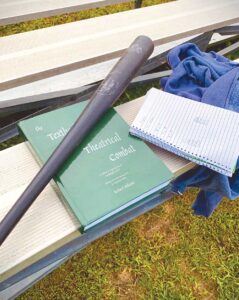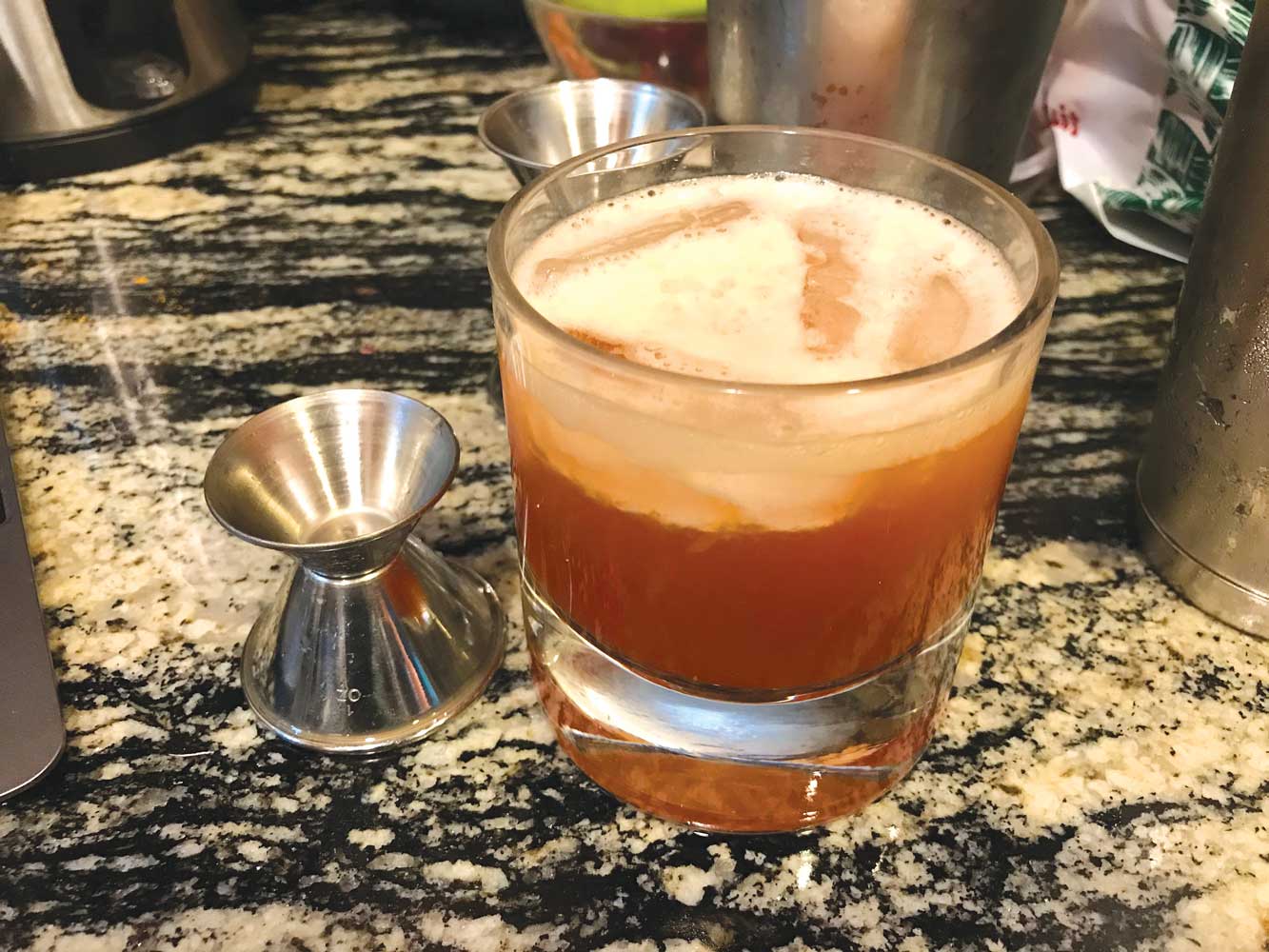Allegra Levy, Lose My Number: Allegra Levy Sings John McNeil (SteepleChase Productions ApS)
You may have noticed that not a lot of jazz vocalists’ albums make it into this space, or maybe not, but I’ll tell you that the main reason for it is that I’ve heard too many that sound too academic-fixated. Luckily this isn’t like that at all, nor is it the usual Great American Songbook suspects; it’s actually a rather daring collaborative project between rising New York City vocalist Levy and trumpet player McNeil, who wrote and originally recorded this set of songs as instrumentals at various times between the 1980s and the early Aughts. Since they weren’t written with vocals in mind, Levy’s task was to add lyrics and scatting and rearrange things a bit, a tall order indeed, but because the material is lighthearted, fluffy ballroom jazz in the first place, the result is more than listenable: her scatting is never nerve-jangling, and McNeil’s modal tradeoffs with acoustic pianist Carmen Staaf are pretty stellar. High-class stuff. A
VAR, The Never-Ending Year (Spartan Records)
If you want to see me run for the hills from a record, make sure it lists Sigur Ros as a “RIYL” comparison. But since I’m at the Gandalf The Grey stage of my music-critic life, when the smallest pleasant surprises can make my day, this was a nice departure. I assume the Sigur Ros name-check is PR shorthand mostly appointed by some need to rope in hipsters who’ll bite on any band that’s from Iceland (which this foursome is), but it wasn’t necessary (matter of fact, the fact they’re from Iceland almost drove me away, for whatever that matters). No, this is a rumbling, emotive typhoon of shoegaze-math, to slap a genre on it; imagine if Silkworm didn’t suck at their instruments, had a singer who could karaoke 1970s Bread, had a cool drummer with a chainless snare, and whose sole mission was to slow-emo a crowd into rapt stillness. That’s this, and it’s uniquely good. A
Retro Playlist
Now that Covid seems to have moved in for good, many of us are spending way too much time on Facebook, Instagram, whatever your poison. I was on Twitter a lot and got quite addicted, then had to stop for a lot of reasons, but now I’m back on it, as well as Facebook. With Facebook, I’m mostly there just to support the friends who seem to need a good laugh or a pat on the back, which seems to be everybody. This thing has taken its toll on people’s sanity, it really has.
Yesterday, someone posted a Facebook thingie about “What Would Your Entrance Song Be?” I immediately said mine would be Iggy Pop’s “Lust For Life,” which for some reason was the national anthem of Toys R Us before they went under. I was lying of course; if I ever wind up talking about my book on Bill Maher’s show, I’m thinking I’d want to walk in with Black Sabbath’s “Trashed” playing. But regardless, it got me thinking about ultimate coolness, and can we talk here, no one can out-cool Iggy. No one. He was as punk as a human can get. During his live shows, the guy used to dive onto broken glass. I talked about his appearance on the song “Punkrocker” 14 years ago when I reviewed the Teddybears’ Soft Machine album, a record that single-handedly saved the Aughts from being the worst decade of music ever. I mean, I love that album.
Until one of my friends mentioned it yesterday on the Facebook thread, I’d totally forgotten about Iggy’s collaboration with Underworld on the 2018 EP Teatime Dub Encounters, which I mentioned in one of the Playlist pieces. It’s no “Punkrocker,” but the beat to that record’s “Bells & Circles” is so filthy you need a rubber ducky bath after listening to it, and all the while you have Iggy free-associating about smoking butts on a plane while trying to get a date with a girl. I mean, never mind Black Lips being rad, it’s simply too late to be as awesome as Iggy, because his world is just plain gone.
Now, no discussion on ultimate badassness would be complete without mentioning GG Allin, New Hampshire’s dirty little secret during the punk years. None of his song or album titles can be printed here, but he was beyond Iggy, into the realm of — oh, just trust me. If you have Showtime, you should check out the 2017 documentary The Allins, about his life and legacy. Actually, you shouldn’t. His mom, who died last year in Franconia, was a nice lady, let’s just leave it at that.
PLAYLIST
A seriously abridged compendium of recent and future CD releases
• Sure, why not, let’s see if the new CD releases of Sept. 18 can shake us out of our doldrums — it couldn’t hurt! I mean, at the very least, talking about new albums will make us feel more connected, as we will at least enjoy the schadenfreude (the German word for “sucks to be them, and I like it”) that comes from knowing that even rich rock stars and whatnot are having to deal with the misery of the ‘rona, and they have to eat their bowls of ultra-rare coelacanth chowder not in the company of hottt groupies but instead with the captured Pizza Hut delivery guys they keep in cages, for company. I’m almost glad I’m not a rich celebrity, except just forget it, I’m totally lying. Anyway, where were we, you people really need to stay focused, even though we are all lonely, miserable and insane — ah, yes, it’s a new album from Yusuf, who used to be known as Cat Stevens, back when all shipping in the United States was done by trains and all commerce was handled by Gringotts goblins with quill pens and uncomfortable wooden chairs. Our boy Yusuf is apparently completely out of ideas, as this new album, Tea for the Tillerman², is a “reimagining” of the 1970 album of the basically same name, but without the 2. Of course, he’s “72 years old” (that’s according to Wiki, meaning he’s probably 90, but whatever), so — oh, who cares, let’s just get this over with, the title track sounds just like the old 1970 version, droopy piano, some gospel choir, blah blah blah, “reimagining” indeed, may I go now?
• When last we left San Francisco garage-punks Thee Oh Sees, they’d changed their name to OSees, so hey, copy guy, make sure “Osees” is in bold and “Thee Oh Sees” isn’t, otherwise you will commit rock ’n’ roll heresy and we’ll all have to run for our lives. It’s not the first time they’ve made a slight change to their name, which may be the stupidest move I’ve ever seen from a band that’s trying to sell albums, but I have no control over these people, I really don’t, so try to keep up, or just skip this part, it’s all good. The forthcoming new album from these dummies is Proteen Threat, and the single is called “Dreary Nonsense.” (Disclaimer: I didn’t tell them to use that title, they did it on their own, in a display of rare honesty.) No, wait, calm down, this sounds like early Wire, spazzy, dissonant, artsy and crazily punky. Why is this band being awesome? Stop it this instant!
• Whatever, here’s that New York City band, Cults, again, with a new album called Host! They are on Sony Records in the U.S., and Lily Allen’s personal imprint elsewhere (Note for beginners: That does not automatically make them hip). “Trials,” their new single, has a slow, sexytime beat, with the usual bee-stung singing from whatsername. It’s OK, if a bit uneventful.
• Lastly, let’s talk about Canadian analog-drone lady Sarah Davachi and her new album, Cantus Descant. I don’t usually like drone, and that should wrap things up here; the leadoff single, “Stations II,” is slow and gloomy and weird, like a funeral march for a well-respected Martian accountant or something. Yup, yes, that’ll wrap it up


























